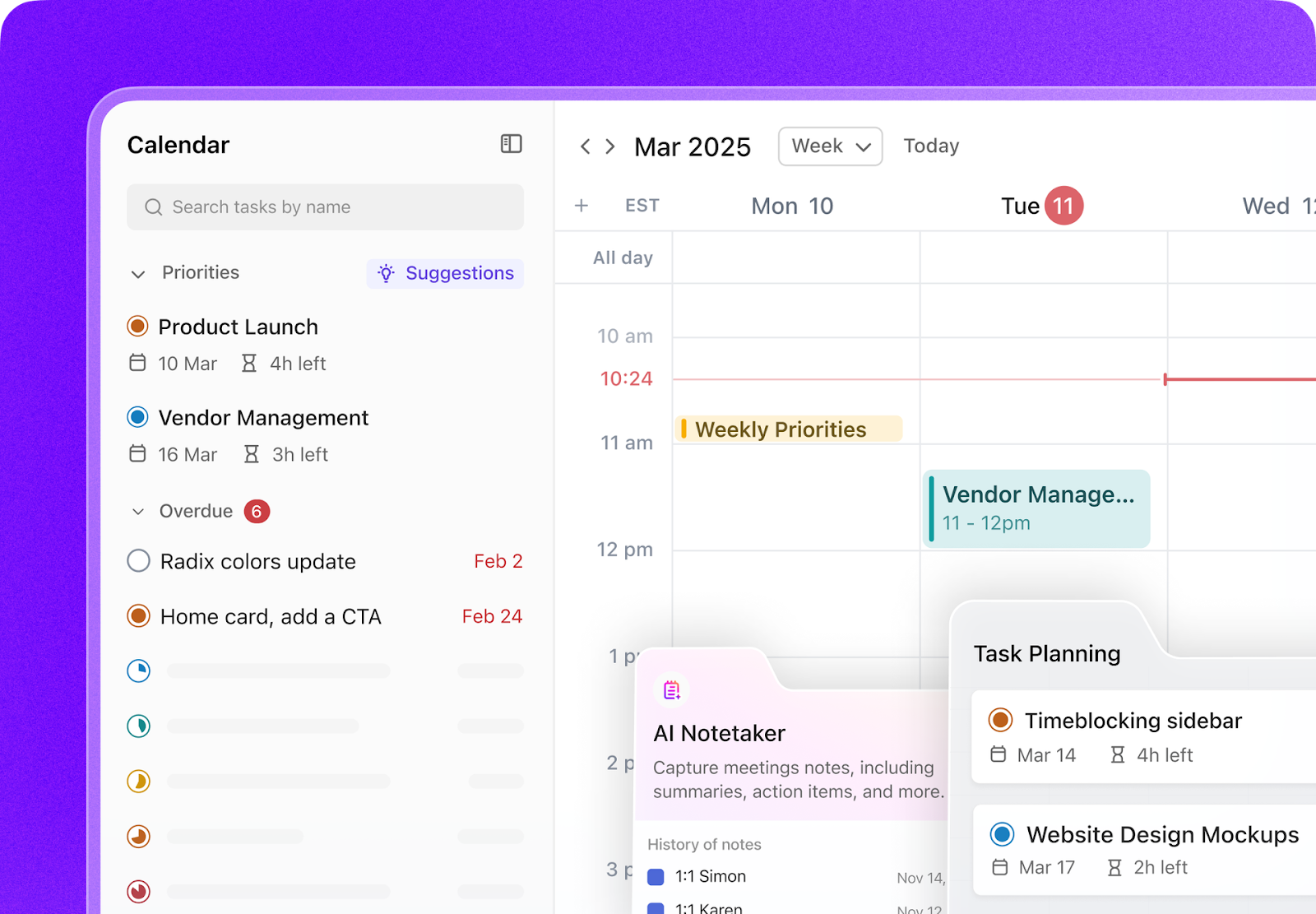Ever laugh about “leaky abstractions” with your dev buddies at a conference? Yeah, it’s hilarious, until you’re the one stuck debugging a memory leak at 3 a.m., cursing your code and chugging energy drinks.
If you’ve been there, you know that sinking feeling when your app starts choking, and you’re scrambling to figure out why.
Memory leaks are the worst. They’re like roaches in your codebase, sneaking around, gobbling up memory until your app slows to a crawl or just crashes. Hard. And the kicker? Even your cleanest, most brilliant code can turn into a hot mess if leaks get out of control.
But you don’t have to just sit there and take it. I’ve got your back with 5 dead-simple, no-BS ways to bulletproof your code against memory leaks. These are must-haves if you’re working on high-traffic apps or services that need to stay up forever. Because, honestly, nobody gives a damn about your perfect code if your app keeps tanking.
Let’s squash those leaks for good. Ready?
5 Practical Ways To Harden Your Code Against Memory Leaks
1. Avoid overriding finalize() in Java
Java’s finalize() sounds useful, but in reality? It’s a bit of a disaster under the hood. It creates more problems than solutions. The issue is that once you override finalize(), Java has to move through extra hoops. And when an object has a finalize() method, Java puts it into a special queue, and a special thread runs it. Only after that can the memory actually be cleaned up, and this delays garbage collection time.
Objects with finalize() can take longer to clean up, which is why your app might be slowing down without warning. In fact, some garbage collectors don’t play well with finalize(), which leads to more collection cycles and extra work. The result? Your app gets to take the hit.
- Implement Autoclosable with a clean close() method.
- Use try-with-resources so that Java can handle cleanup automatically.
- Always double-check subclasses so that they won’t inherit finalize() logic silently.
- Use WeakReference or PhantomReference for caching.
- Constantly clean up native resources like file handles and sockets
2. Use Object Pooling in .NET Applications
Object pooling is an effective way to optimize memory usage and application performance. Sometimes, when your application is experiencing instability, you might only have to reduce how objects are created, used, and reused. These are the issues object pooling aims to fix. At its core, object pooling is a clever way of reusing existing objects rather than creating new ones from scratch.
How is this smart? By reusing objects, the pressure on the garbage collector is lifted. And this will simply increase smooth app performance and avert fewer pauses. This approach has two extra benefits: it saves memory and cuts down time to allocate and deallocate resources. That sounds like a win-win to me.
Not to be a party pooper here. But, here’s a little warning: Pooling can slow things down if you don’t need it. This is why Microsoft recommends testing in real-life scenarios before implementing. Follow these steps to find out how to implement object pooling in your .NET applications:
- Use dotMemory or any efficient profiling tool to find objects that are often created, yet have short lives.
- Make custom ObjectPool policies that clear leftover data before reusing objects.
- Use try/finally blocks to ensure borrowed objects are returned to the pool.
- Benchmark your application before and after pooling to measure performance.
3. Execute Cleanup in React useEffect Hooks
When something starts running in the background that shouldn’t, your app will most likely begin to behave oddly. This type of memory leak happens in React apps when components hold on to things even after being unmounted. This is typically a result of asynchronous tasks or persistent references outliving the components that started them.
A common instance is when an event listener is still active even after the absence of the component. Another typical example is subscriptions to data sources that were never unsubscribed, along with several other issues. Thankfully, React provides a cleanup hook, useEffect, to solve this problem.
Now, developers can find a way to clean up components before re-running or unmounting. The benefits of this function are almost endless. Finally, you can clear timers, cancel subscriptions, and remove event listeners. All by executing a simple step? Yes.
But what tops all of them is that this simple step frees up memory and keeps your app efficient. Want your React applications to be stable over time? Then, cleanup is a must.
Let me show you how to go about it.
- useEffect ( () => { … } , [ ]);
- This hook should run once after the component mounts. It’s also where you place side effects.
- let isMounted = true;
- This tracks whether the component is still mounted.
- const fetchData = async () => { … }
- This fetches data from an external API.
- const controller = new AbortController ();
- This cancels a fetch request if the component unmounts.
- const response = await fetch ( ‘ https: //api.youandme.com/data’, { signal } );
- This sends the actual HTTP request to the API.
- const data = await response. json();
- This parses the returned response as JSON then recieve information fetched from the API
- if (isMounted) { setData (data); }
- Catch (error) { … }
- This catches and logs every errors during fetch and ignores AbortError.
- fetchData ();
- This requests the async function to commence the data-fetching process.
- return () => { … }
- This is the cleanup function of useEffect that runs right before the components unmounts.
- isMounted = false;
- This ensures that we don’t update state after the component is gone.
- Controller.abort ();
- This cancels the fetch request if it’s still ongoing and prevents memory leaks.
4. Fix equals () and hashCode () in Java Collections
It’s so easy for us to focus on the big things in Java development, but sometimes it’s the small details that cause the biggest problems. One of those little details: the proper use of equals () and hashCode(). I won’t be surprised if you are wondering how these simple methods could cause a memory leak.
Well, these two seemingly simple methods are the core of how Java handles objects in HashMap or HashSet. And if implemented incorrectly? Things may go downhill.
Many developers slip up by overriding equals() and forget to override hashCode(). This would result in the collection receiving and storing duplicates. Over time, the application would hold on to objects that it shouldn’t. The result? Memory bloat. This won’t crash your app right away, but it will make it unresponsive.
- @0verride public boolean equals(0bject o) { /*…*/ } @0verride public int hashCode() { /*…*/ }
- Do well to override both methods together and not just one method.
- return 0bjects .hash (id, name); // same fields as equals()
- Do well to make hashCode() return consistent results for your equal objects.
- private final String name; // immutable field used in equals/hashCode
- Do well to use immutable fields for calculations.
- equals: return this.id == o.id; hashCode: return Integer.hashCode (id);
- Include the exact fields in both methods.
- Use Weak References For Cache Management
Memory management often spring up as a concern when building a cache. Of course, no developer would want their application to hold on to memory longer than it should. That’s exactly where weak references step in. Why are weak references so valuable in managing cache?
Well, it all comes down to their abilities to allow memory to be reclaimed especially when it isn’t in use. This means that if a memory isn’t in use, it can be cleaned and the reference can be cleared.
It’s very important to note that different platforms offer different variety of weak references. In JavaScript, WeakMap and WeakSet always come in handy. WeakMap is perfect for attaching temporary metadata to objects without affecting their lifespan in memory.
On the other hand, WeakSet is ideal when grouping objects that you don’t necessary want to keep alive. And in Java, WeakReference is great when building collections that hold onto objects only when the app till needs them.
Final Thoughts
One hard truth? Preventing memory leaks is not something you do once and forget. You have to build it into the way you code, test, and deploy. It also requires consistency, so you can’t just go a week of heroic leak fixing and go back to old habits.
Teams that apply these good memory management practices that I have shared are guaranteed to have apps that thrive. At the end of the day, it’s a long-lasting, thriving application that gets to be appreciated.














